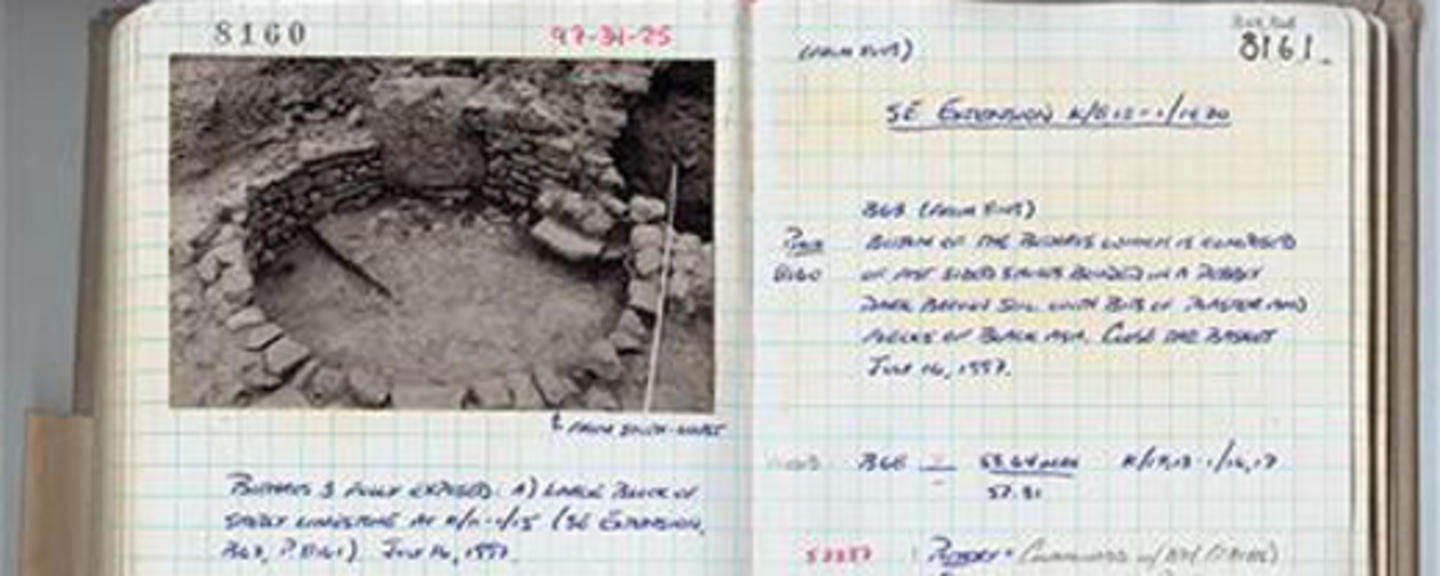Nowhere is the history of Athens so richly illustrated as in the Agora, the marketplace that was the focal point of public life. There have been 79 years since the inauguration of systematic excavations by the American School of Classical Studies on the site of the ancient Athenian Agora started. This has resulted in an archive that includes hundred of thousands of notebooks, photos and archeological artifacts.
Breaking the analogue wall
Iceland, Liechtenstein and Norway support the digitisation of the Agora archives. With a digitalised archive the visitors of the site will have a new extraordinary experience. Today, while visiting an archeological site you walk around with the guide book. With a wireless network at the Agora, visitors can search for all the artifacts found at the exact spot they're standing on, and will be able to read the notes written by the archeologists from the excavation. The digitalisation of the archive has already started, and you can view the object and read the notebooks online.
5000 years of history
Material from the Late Neolithic to modern times has been excavated, shedding light on 5,000 years of Athenian history. The Agora of Athens was the center of the ancient city: a large, open square where the citizens could assemble for a wide variety of purposes. On any given day the space might be used as a market, or for an election, a dramatic performance, a religious procession, military drill, or an athletic competition. Here administrative, political, judicial, commercial, social, cultural, and religious activities all found a place together in the heart of Athens, and the square was surrounded by the public buildings necessary to run the Athenian government. The majority of the Athenian population, which were slaves, did not have access to what is considered the cradle of democracy.
Photo: agathe.gr.
